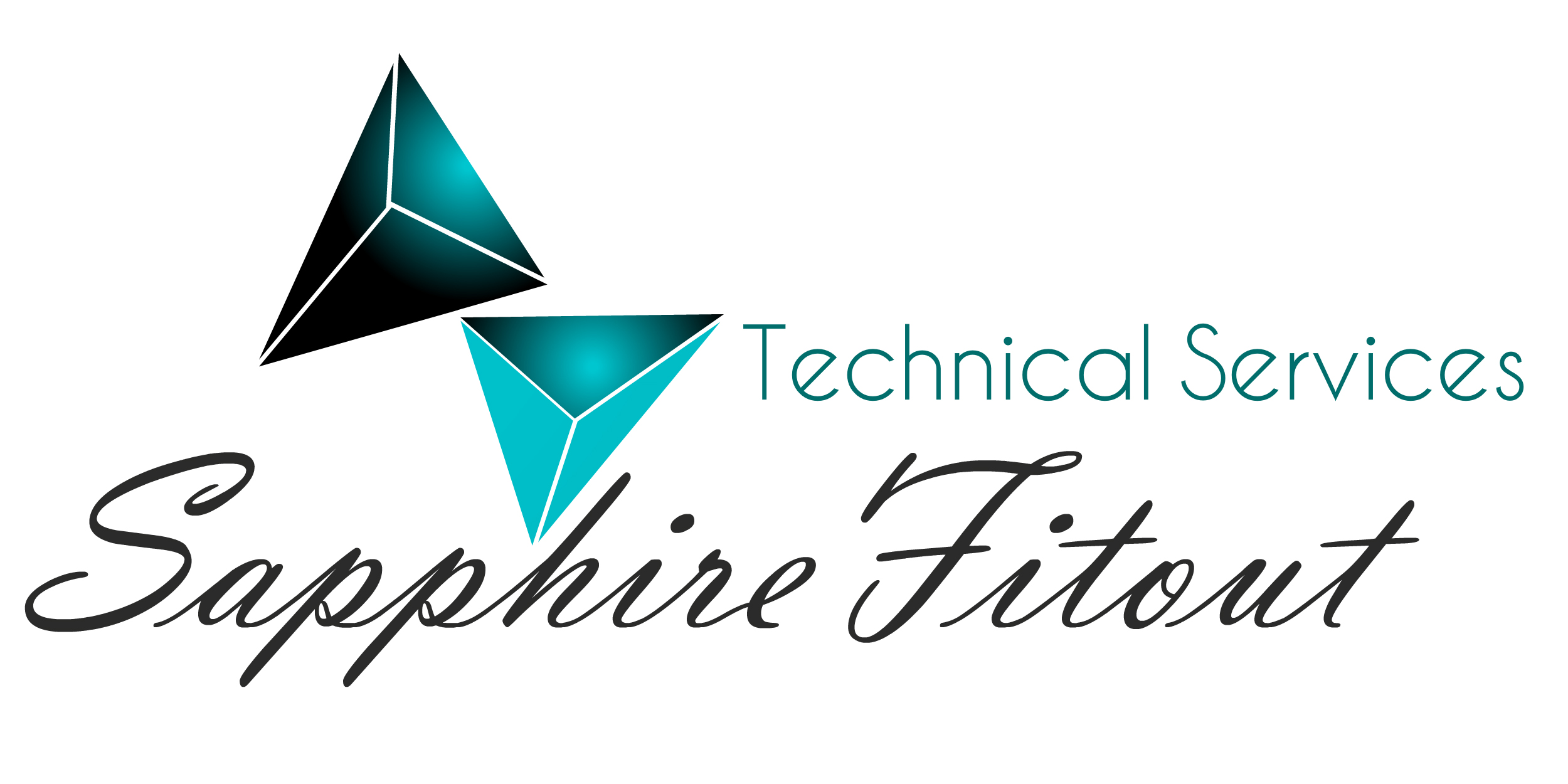Workflow processes are the steps that take a task from beginning to end and they’re an integral part of any project. They help you plan and track important milestones, and they can also aid in meeting them by creating a logical sequence of tasks.
To create workflow processes, start by identifying your objectives. Determine what exactly needs to be done, who’s responsible for each job and how long each step will take. This will help you create an efficient workflow that is tailored to your business’s specific needs and goals that will increase efficiency and yield the best possible outcomes.
Then, discuss with your team members to determine their responsibilities. This will allow you to eliminate unnecessary and redundant tasks that consume time, resources and money. For example, if a member of your customer service team is spending most of their time answering calls but not responding to email inquiries, it could be time to change the employee’s duties to better serve your business’s requirements.
Also, review your workflow map to see the areas where there are inefficiencies that can be eliminated. For example when one of your workflow processes is taking too long due to a team that is waiting on the insight of another change, it is possible to accelerate it and improve the satisfaction of both clients and employees.
Use interaction nodes to define the options that users are presented with during the workflow process for example, like approving or rejecting https://businessworkflow.net a document. You can also add nodes that will stop the workflow until a specific event occurs, for example the response of a customer.




